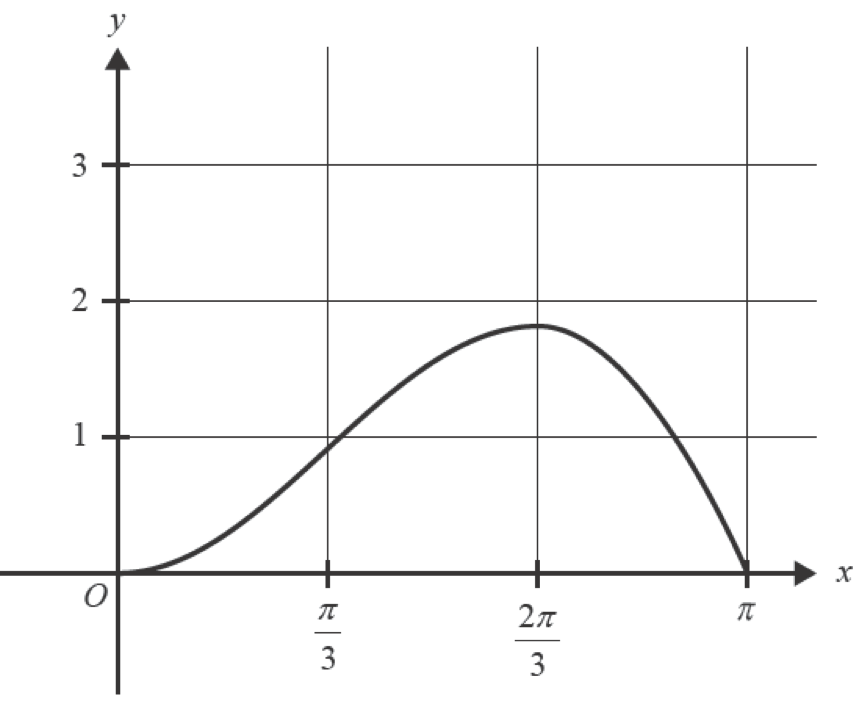Evaluate how vitamin D status affects the interrelationship between endocrine function and calcium absorption during resistance training. (8 marks)
--- 24 WORK AREA LINES (style=lined) ---
Show Answers Only
Sample Answer
Evaluation Statement:
- Vitamin D status significantly affects the endocrine-calcium relationship during resistance training.
- This evaluation examines hormonal effects and absorption efficiency.
Hormonal Effects:
- Vitamin D acts as a hormone in the endocrine system controlling calcium regulation.
- It triggers release of parathyroid hormone when blood calcium is low.
- This hormone increases calcium release from bones for muscle contraction.
- During resistance training, adequate vitamin D ensures proper hormone signalling.
- Evidence shows athletes with optimal vitamin D have 25% better muscle strength.
- This strongly meets the criterion of supporting hormonal function for performance.
Absorption Efficiency:
- The digestive system requires vitamin D to absorb calcium from food.
- Vitamin D enables special transport proteins in the intestine to capture calcium.
- Without adequate vitamin D, only 10-15% of dietary calcium absorbs.
- With sufficient vitamin D, absorption increases to 30-40%.
- Resistance training increases calcium needs for bone strengthening and muscle function.
- This partially fulfils efficiency needs as absorption still has limits.
Final Evaluation:
- Vitamin D status proves highly effective in connecting endocrine and digestive functions.
- Adequate levels optimise both hormone signalling and calcium absorption essential for resistance training.
- However, even optimal vitamin D cannot overcome very low dietary calcium intake.
- Athletes must maintain both sufficient vitamin D and calcium consumption for maximum training benefits.
Show Worked Solution
Sample Answer
Evaluation Statement:
- Vitamin D status significantly affects the endocrine-calcium relationship during resistance training.
- This evaluation examines hormonal effects and absorption efficiency.
Hormonal Effects:
- Vitamin D acts as a hormone in the endocrine system controlling calcium regulation.
- It triggers release of parathyroid hormone when blood calcium is low.
- This hormone increases calcium release from bones for muscle contraction.
- During resistance training, adequate vitamin D ensures proper hormone signalling.
- Evidence shows athletes with optimal vitamin D have 25% better muscle strength.
- This strongly meets the criterion of supporting hormonal function for performance.
Absorption Efficiency:
- The digestive system requires vitamin D to absorb calcium from food.
- Vitamin D enables special transport proteins in the intestine to capture calcium.
- Without adequate vitamin D, only 10-15% of dietary calcium absorbs.
- With sufficient vitamin D, absorption increases to 30-40%.
- Resistance training increases calcium needs for bone strengthening and muscle function.
- This partially fulfils efficiency needs as absorption still has limits.
Final Evaluation:
- Vitamin D status proves highly effective in connecting endocrine and digestive functions.
- Adequate levels optimise both hormone signalling and calcium absorption essential for resistance training.
- However, even optimal vitamin D cannot overcome very low dietary calcium intake.
- Athletes must maintain both sufficient vitamin D and calcium consumption for maximum training benefits.
